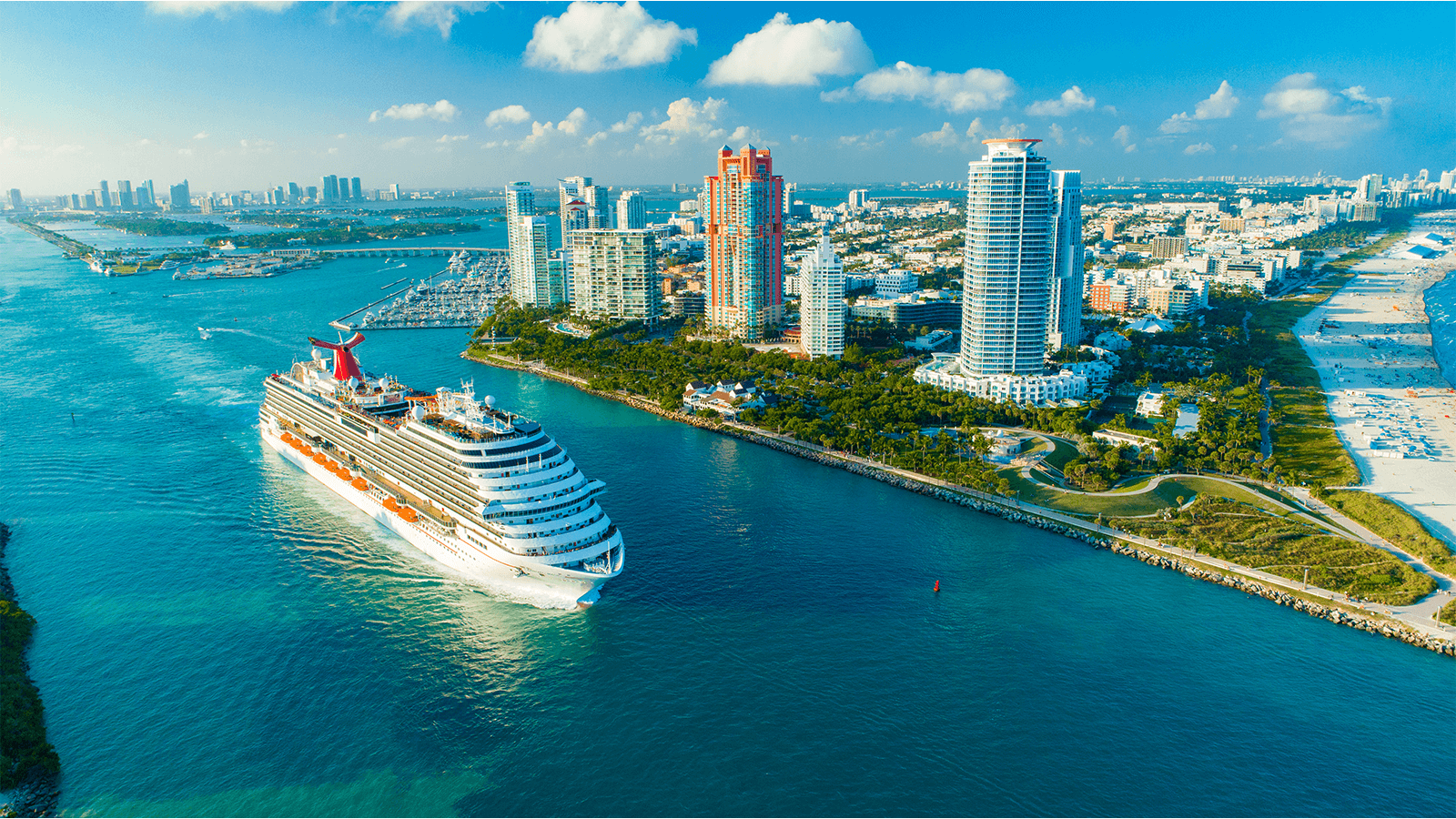
Holland America Line
Holland America Line, which has been sailing for 150 years, visits 400 ports in 114 countries every year. Dutch heritage shines through in some of the $4million-worth of artwork to be seen onboard, complimenting the luxurious cruise experience.
Live music remains HAL's forte, with venues including the Rolling Stone Rock room and BB King's Blues Club. For foodies, a wide range of restaurants serve the finest of fayre.
2666
Passengers
1025
Crew
2018
Launched
2023
Last refit
99500t
Tonnage
297m
Length
34m
Width
24kts
Speed
12
Decks
USD
Currency
Cruise Itinerary
Day 1
Amsterdam, Netherlands
Day 2
At Sea
Relax and make the most of the myriad of facilities available on board the ship, from fantastic entertainment to delicious and diverse dining options.
Day 3
Isle of Portland, England
Day 4
At Sea
Relax and make the most of the myriad of facilities available on board the ship, from fantastic entertainment to delicious and diverse dining options.
Day 5
Bilbao, Spain
Day 6
La Coruña, Spain
Day 7
Porto, Portugal
Day 8
Lisbon, Portugal
Day 9
At Sea
Relax and make the most of the myriad of facilities available on board the ship, from fantastic entertainment to delicious and diverse dining options.
Day 10
Málaga, Spain
Day 11
At Sea
Relax and make the most of the myriad of facilities available on board the ship, from fantastic entertainment to delicious and diverse dining options.
Day 12
Alicante, Spain
Day 13
Valencia, Spain
Day 14
Barcelona, Spain

Day 1
Amsterdam, Netherlands

Day 2
At Sea

Day 3
Isle of Portland, England

Day 4
At Sea

Day 5
Bilbao, Spain

Day 6
La Coruña, Spain

Day 7
Porto, Portugal

Day 8
Lisbon, Portugal

Day 9
At Sea

Day 10
Málaga, Spain

Day 11
At Sea

Day 12
Alicante, Spain

Day 13
Valencia, Spain

Day 14
Barcelona, Spain
Ship Details


Holland America Line
Nieuw Statendam
Fluid lines and dramatic spaces make the Holland America Nieuw Statendam a modern beauty. The second in the line of Pinnacle-class cruise ships, its design draws inspiration from the elegant curves of musical instruments.
Cabins
All Prices
















